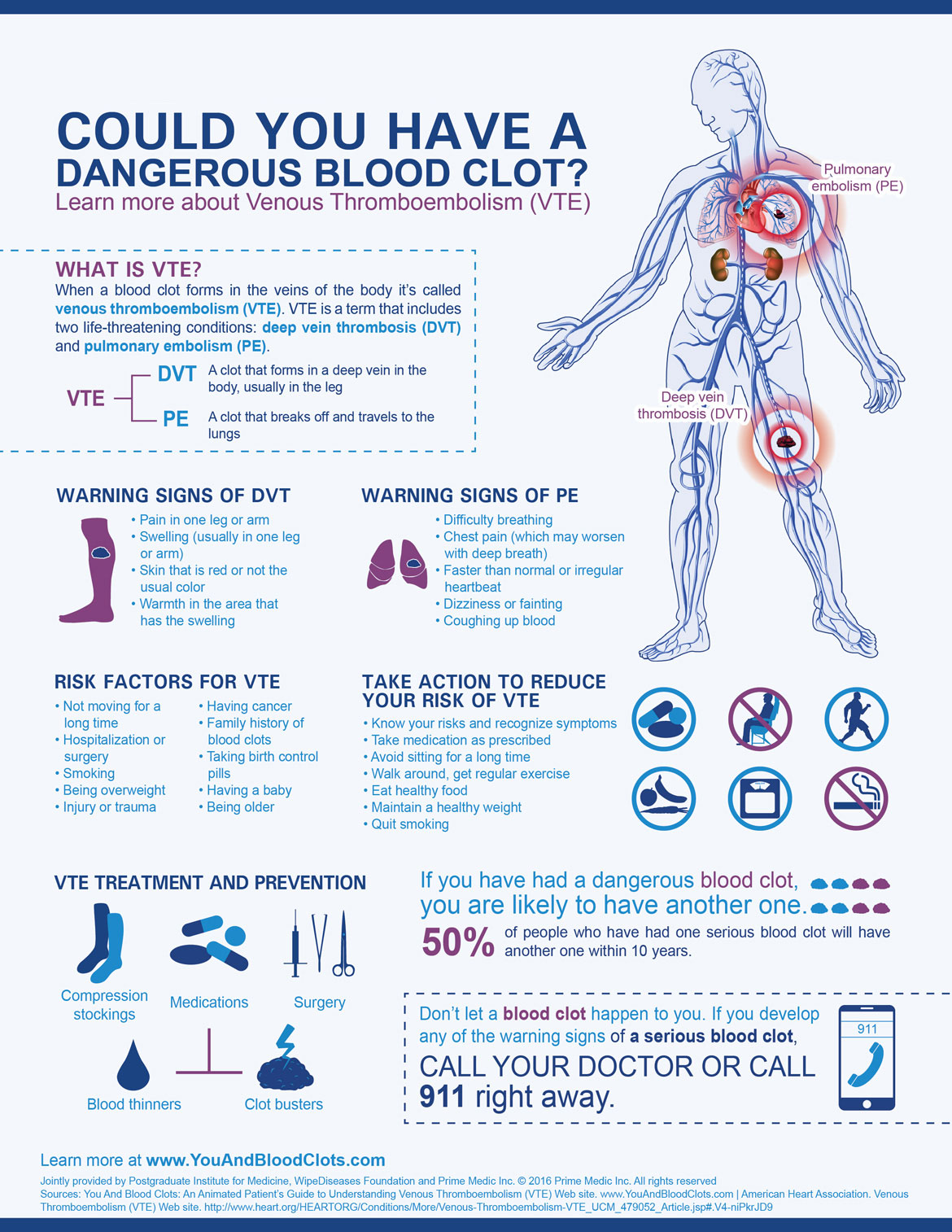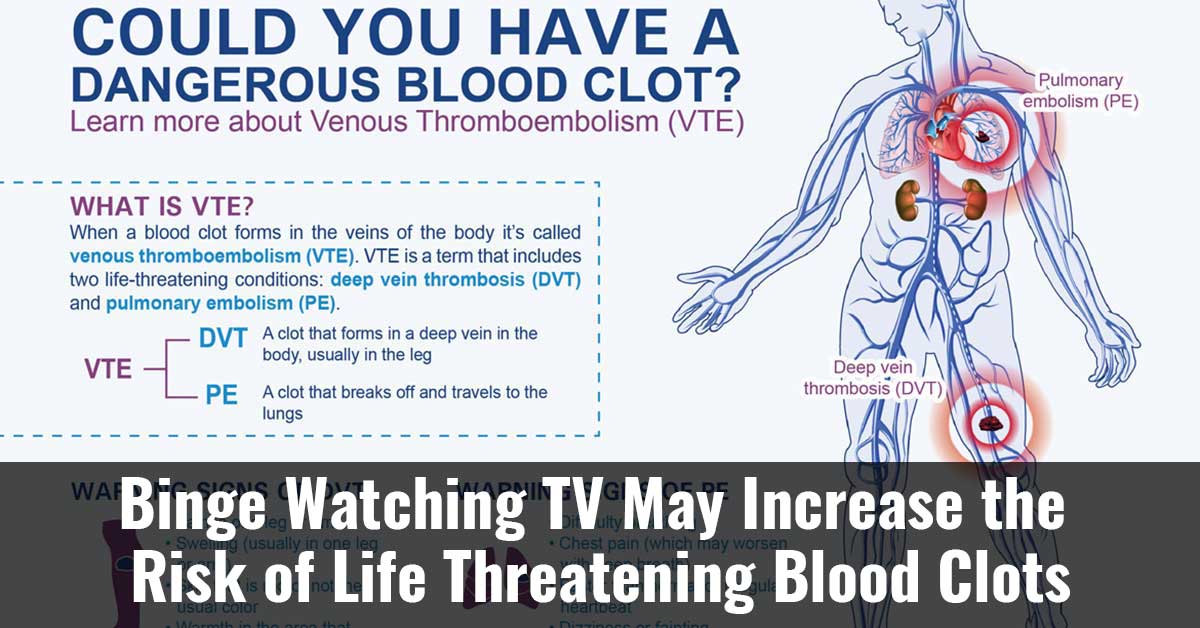Researchers advise taking breaks while binge-watching TV to prevent blood clots as a study reveals that watching television for 4 hours a day or more is linked to a 35% greater risk of blood clots in comparison to less than watching 2.5 hours. The study results also indicated that being physically active doesn’t eliminate the elevated risk of blood clots linked to prolonged TV watching. It’s essential to take breaks when binging on TV by standing and stretching every half an hour or making use of a stationary bike as well as eliminating the unhealthy snacks while watching television.1✅ JOURNAL REFERENCE
DOI: 10.1093/eurjpc/zwab220
The study investigated the connection between watching TV and venous thromboembolism, which includes blood clots in the lungs known as pulmonary embolism, and deep vein blood clots known as deep vein thrombosis, which could travel to the lungs resulting in pulmonary embolism.
The researchers carried out a systematic review to gather available published data on the subject and the results were then combined making use of a process known as meta-analysis. The combination of multiple studies in a meta-analysis gives a larger sample and helps make the results more accurate and reliable compared to the results of an individual study.
The analysis involved 3 studies which included a total of 131,421 individuals aged 40 years and older with no pre-existing venous thromboembolism. The length of time spent TV watching was evaluated using a questionnaire and individuals were categorized as prolonged viewers (a minimum of 4 hours a day watching TV) and never/seldom viewers (under 2.5 hours a day watching TV).
The average follow-up duration in the 3 studies was from 5.1 to 19.8 years. In the course of this follow-up, 964 individuals went on to develop venous thromboembolism. The relative risk of getting venous thromboembolism in prolonged as opposed to never/seldom TV watchers was analyzed. It was revealed that prolonged watchers had 1.35 times more risk of developing venous thromboembolism in comparison to never/seldom viewers.
The relationship was independent of BMI, sex, age, and physical activity. These factors were adjusted for in all 3 studies as they are strongly associated with venous thromboembolism risk; for example, higher BMI older age, and physical inactivity are associated with a greater risk of venous thromboembolism. The results suggest that watching television for many hours is a risky activity in relation to developing blood clots irrespective of physical activity, BMI, age, and gender.
The researchers cautioned that the results are according to observational studies and don’t prove that extended television watching will cause blood clots.
A possible reason for the observed association is that prolonged TV watching involves immobilization which is a risk factor for venous thromboembolism. This is why individuals are encouraged to move around after surgery or for the duration of a long-haul flight. Also, sitting in a cramped position for extended periods results in blood pooling in the extremities instead of circulating which can lead to blood clots. Binge-watchers also have a tendency for eating unhealthy snacks which could cause high blood pressure and obesity, both of which increase the risk of blood clots.

Image Source – youandbloodclots



